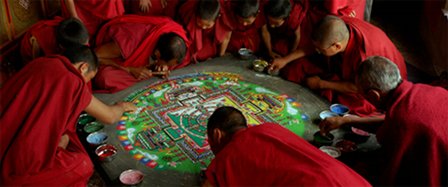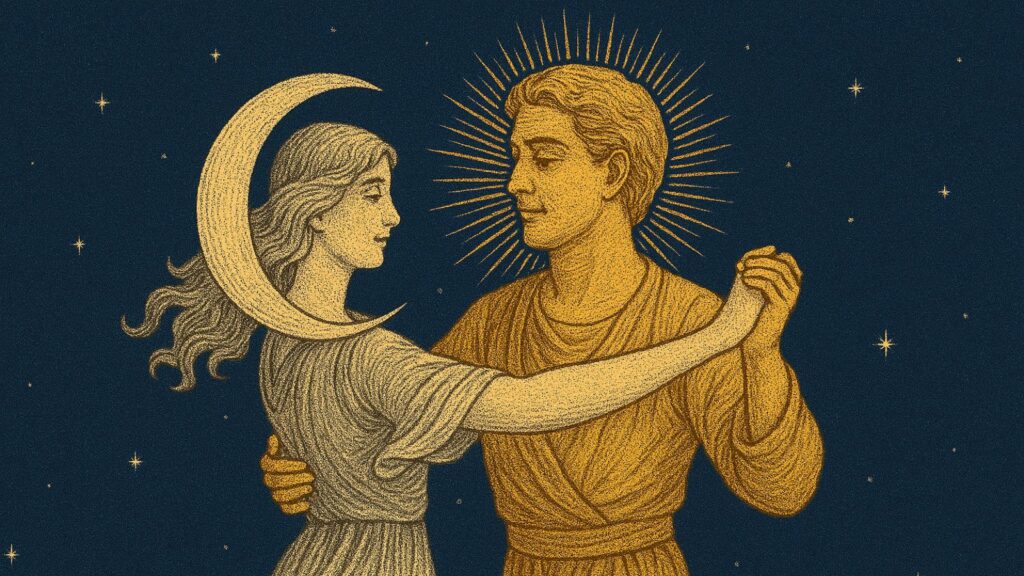Being a big fan of the movie Baraka — assuredly one of the most beautifully filmed documentaries of all time — I did not hesitate when asked if I wanted to attend a special London preview screening of the new sequel Samsara. Filmed in 70mm and five years in the making, it simply had to be visually spectacular. As indeed it was. Like its predecessor, Samsara contained a multitude of staggering images from around the world, accompanied by a rousing musical score.
Unlike Baraka however, there was a more sombre tone to Samsara. Then again, this had to be the case because as well as celebrating life and creation the film also explored death and dissolution. Having said that, as with Baraka, Samsara bursts with beauty and will still warrant repeated viewings and is thus destined to become another cult classic.
The value of these kind of zero dialogue documentary films (of which 1982’s Koyaanisqatsi was the forerunner) is that they alter consciousness and put the viewer in a kind of dreamy contemplative state. Unfortunately though, we are so used to blunt dialogue, loud explosions, big guns, and fast car chases, that movies that omit these typical ingredients are perceived as being odd, or art-house, and therefore fail to make it to the masses. Which is a shame because there is obviously more to life than just guns, cars, and explosions.
It is difficult to name any one segment of Samsara as standing out the most, for there were all manner of striking sequences. Director Ron Fricke is adept at weaving together potent images so as to convey the chief themes that mark out the nature of our brief mortal sojourn on this troubled planet. Etched on my cortex are shots of ancient giant Turkish stone heads, lying in the sand like discarded props from some bygone mythical drama. Also of note was a particularly breathtaking landscape in Myanmar dotted with fabulous conical temples. Unusually, the movie also featured a disturbing performance artist who covered his face in clay and then proceeded to violently sculpt visages evincing abject terror and horror. The discomfort among the audience during these scenes was palpable.
At one point there was a shot of Japanese humanoid robots followed by Japanese factory workers and robotic marching armies. There was an extraordinary burial scene in which the coffin was shaped like a gun. Mecca was shown from above, with hordes of worshippers swirling around the Kaaba like some vast insectile fluid. There were time-lapse shots of glittering affluential night-time traffic, contrasted with third world people diligently sifting through mountains of trash. And there was a tour through a devastated house, in all likelihood in post-flooded New Orleans. As with most of the sequences, even this scene of domestic destruction had a strange beauty to it.
For many people, Koyaanisqatsi, Baraka and now Samara are likely the closest they will come, perceptually speaking, to psychedelic perception — in as much that everything is seen with an intensified ‘realness’. The difference between Fricke’s cinematography and, say, regular video footage, is akin to the difference between viewing a clear night sky out in the countryside and maybe seeing the odd hazy star or two when you are in the city. The former can elicit gasps of wonder and foster an intimate connection between observer and the observed, whereas the latter can leave one indifferent. This drives home the spiritual import of Fricke’s movies. They raise consciousness and galvanize the viewer into contemplating the archetypal dynamics of life in an enhanced way. They make you feel and think differently. They wake you up.
For me, the most crucial scene in Samsara was that of Buddhist monks in Ladakh painstakingly making a complex Mandala sand painting. Each brightly coloured grain was carefully put into place until a perfect coherent pattern emerged. Then the mandala was simply brushed aside (later, of course, another one would be made). This surely captures the essence of this existential mystery in which we are players, and helps explain why there is so much pain and sorrow and love and beauty on Earth, and how all the grandness and sadness can be going on at once as Samsara implied.
Reality began as a singularity, a state of maximum coherency and maximum unity, just like a mandala. Then it relinquished its unity and disintegrated. This was followed by self-organization on all conceivable scales, fulfilling a cosmic imperative to return to coherency and oneness. Consciousness emerges as the principal means, perhaps, to aid in this cosmic drive towards another singularity.
One thing is for sure and I am reminded of this when I recall the very last image of Samsara, which showed the all-seeing enlightened gaze of the Buddha. This brought to mind the wisdom in Hermann Hesse’s book Siddharta. If the Buddha nature, or mindfulness, was sought after and achieved to some degree en masse, then this beautiful planet that supports all of us could really shine. The way is there. Expanded states of consciousness exist. As Fricke’s movies consistently portend, we ignore the pursuit of higher consciousness at our peril.
Samsara is on release from August 2012: barakasamsara.com













